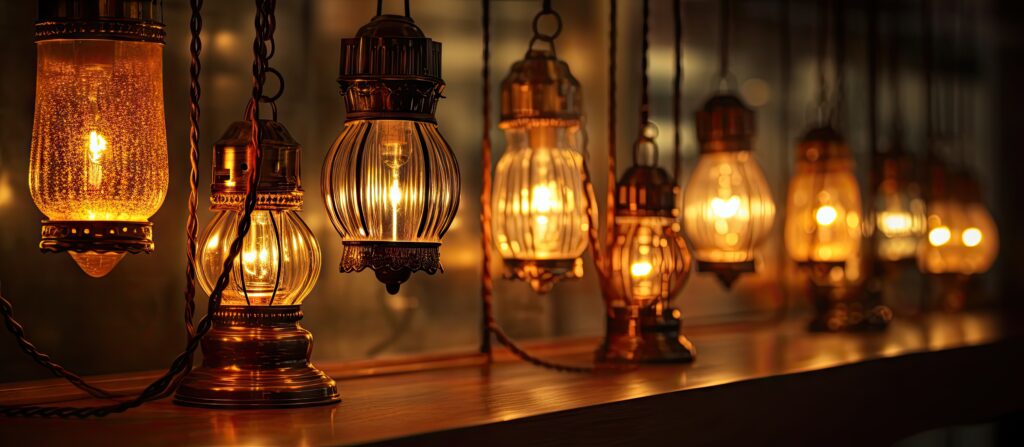All plumbing in your home feeds into the septic tank. Wastewater moves through a pipe to the tank where bacteria decompose some of it. Solids sink to the bottom in a layer known as sludge. Oils and grease float to the top in a layer called scum.
The middle layer of wastewater, referred to as effluent, pumps into the drain field. A septic tank can last for decades with proper care. Click the https://www.septictankarmadale.com.au/ to know more.

Many people dream of moving from city living to a house with a lot of land and privacy. If that dream includes a property with a septic tank, it is important to understand how septic tanks work and the proper care of the system. One thing that you will want to do is get the septic tank pumped regularly. This is a process that involves digging up and removing the waste from the tank. It also requires the help of a professional. When it comes time to pump your septic tank, make sure that you hire a reputable company that is licensed, insured, and has experience. The professionals will need to locate the septic tank, dig up some of the surrounding area if necessary, and remove the lid. They will then begin removing the sludge and solid waste from the tank with a suction pump similar to that of a vacuum cleaner.
As the waste is pumped out of the septic tank it will be transported to what is called a drain field or leach field. The wastewater that goes into the absorption field is filtered by soil and gravel before being absorbed into the groundwater supply. It is important that you keep trees and long-rooted plants away from the drain field because they may grow into the pipes and clog them.
When you are getting your septic tank pumped it is also a good idea to have the professionals check out the entire septic system. The technician will look for any problems and suggest any repairs or replacements that may be needed. The technicians will also listen to the sound of the tank as it is being pumped. This is done so that they can hear any leaks or cracks in the tank or piping.
Once the solid waste and sludge are removed from the septic tank the effluent will flow into the absorption field through a series of porous pipes. It will then flow into the soil and water supply, where bacterial action will continue to treat it before it enters the groundwater.
Inspection
A septic tank gathers wastewater – toilet and bathroom waste, washing machine water and garbage disposal – from homes and holds it under the ground. Solids sink to the bottom of the tank, and liquid waste exits through a buried drain field. It’s important to have a septic system that works properly to avoid serious contamination of groundwater and nearby bodies of water. To keep your septic tank healthy, it should be inspected and pumped regularly. Signs that you need to do so include gurgling pipes, slow draining toilets and backflow into drains.
A home with a septic system is less expensive to live in than one that relies on public sewer, but the system does require more maintenance. For example, septic tanks need to be emptied every three years or sooner, and they may need to be drained more frequently if the number of people living in the house is high. It’s also a good idea to use biological additives, which help reduce the buildup of sludge in your septic tank.
The best way to ensure your septic tank works properly is to have it inspected by a licensed professional. Inspectors will check the size of your septic tank and how many people live in your home, and they will recommend an appropriate amount of sludge to remove from the tank. They will also look at the septic tank’s condition, including checking for cracks or leaks.
If you are buying a home with a septic tank, ask the seller to provide inspection records. These can help you spot potential problems, such as tree roots that are blocking septic tanks. Then, you can take steps to prevent them from occurring before they become a problem.
A septic tank is a large, watertight container that receives all of your household’s waste. The waste separates into 3 layers: sludge, effluent and scum. The heavy solids sink to the bottom of the tank and the liquid waste exits through a buried system of pipes into a drain field, where bacteria filter it further before it enters soil.
Repair
A septic tank is a large, watertight container that’s typically made of concrete or fiberglass. It’s buried beneath the ground near your home, and it holds household waste until microorganisms break it down. Solids sink to the bottom, forming sludge, while grease and oils float to the top as scum. A T-shaped outlet pipe carries the liquid wastewater into a drainfield area for absorption.
When a septic system is properly cared for, it will work without a hitch for years to come. But, over time, a septic tank can become clogged with sewage and other debris that will require it to be repaired or replaced.
There are several warning signs that it’s time to call a septic tank repair expert, like when your toilets start to backup or smell awful. If you notice any of these problems, it’s important to contact a septic tank service professional for inspection as soon as possible.
Another sign it’s time for a septic tank repair is when the inlet baffle at the entrance to the tank becomes clogged with toilet paper, debris, and other waste. The inlet baffle is an essential component that prevents solids from traveling into the drainfield and house, so it’s important to keep it clear of obstructions.
You may also notice that the septic tank is filling up faster than it should, which could be a result of a crack or structural issue. Keeping your septic tank pumped regularly can help you avoid this type of problem in the future.
The final common sign that it’s time for a septic system repair is when the drainfield becomes clogged with sewage. This can cause sewage to back up into your home and create foul odors in the yard. Depending on the severity of the problem, you might need to install a new drainfield or upgrade to a septic tank with a pump.
Keeping your septic system in good working condition is an investment that can save you thousands of dollars over the life of your home. Getting your septic system pumped and having it inspected annually is the best way to keep it operating smoothly.
Installation
Once a septic tank has been installed, it must be connected to the plumbing system of the home. This involves laying pipes, inlet and outlet tees and distribution boxes. It is important to make sure that all connections are water tight to prevent leaks and contamination.
A good septic tank installation company will provide clear and comprehensive quotes before starting the work. They will also be able to offer advice on the best septic system for your property and budget. They should have insurance that covers their workers in case of an accident while working on your septic system.
There are many different types of septic systems available and the one you choose will depend on your needs. Conventional systems have a large tank that holds excess wastewater and a drain field that disperses the wastewater into soil and grass. These fields have trenches filled with gravel and sand that help filter the wastewater as it percolates through the ground.
The septic tank has inlet and outlet tees that extend down below the scum layer. This creates hydraulic pressure to force wastewater up through the tees and out into the absorption field. This tee system helps ensure that no solids make their way out of the septic tank into the absorption field, which would clog it and reduce its efficiency.
You can help ensure that your septic tank and drain field are performing well by keeping plants and shrubs away from the immediate area of the absorption field. You should also ensure that downspouts are pointing away from the absorption field, as they can direct stormwater into it and flood it. It is also a good idea to limit how much water your household uses. This will not only reduce septic tank overflow, but it will also save you money on your utility bills.
If your septic tank is having problems, you should contact professionals right away. It is important that you do not try to fix the problem yourself, as this could lead to sewage backing up into your home. It is also important to have your septic tank pumped when the weather is dry. This will avoid the septic tank and surrounding ground from being oversaturated with mud, which can damage the system.






